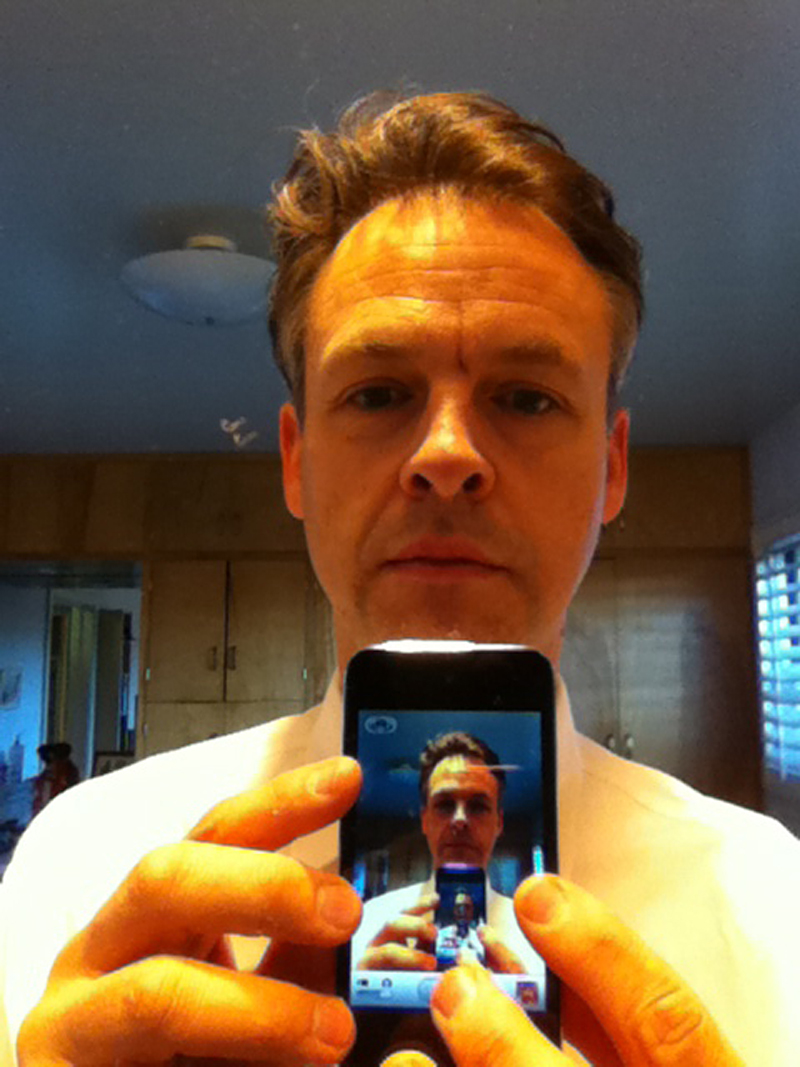Among the more assumption-upsetting innovations of 20th-century music was the realization that a piece doesn’t always have to travel the same path from beginning to end, and that the composer doesn’t have to be solely responsible for determining that path. “Open form” is a common term for such works, in which the composer specifies musical ideas but the performer decides which ones to play, in what order, and for how long. Think of it as a pile of musical Legos, out of which you can build whatever you like—giving you control over not only expressive nuances, as in traditional music, but also the overall form. Composer Christian Asplund (formerly of Seattle, now a faculty member at Brigham Young University in Utah) returns this week to premiere his Unit Trio: a collection of 75 of what Asplund calls “micro-movements,” from one bar to one page long, most of which end with a repeat sign and the instruction “LOOP.” Depending on how many Units are played and how often each one is looped, the work’s length varies; Asplund foresees this performance, of all 75 Units, lasting about three hours. He wrote the work for himself, playing electric viola, and two experienced members of Seattle’s avant-music scene: Jesse Canterbury on bass clarinet and Greg Campbell on percussion. For Asplund, both as a composer and performer, the attraction of this approach to composing is the surprises provided by other musicians’ ideas: “The greatest thing for me is when I get really good collaborators. They help compose the piece . . . I’m kind of leaning on their creativity.”
Ear Supply: Pieces of Music
Composition a la Lego.







